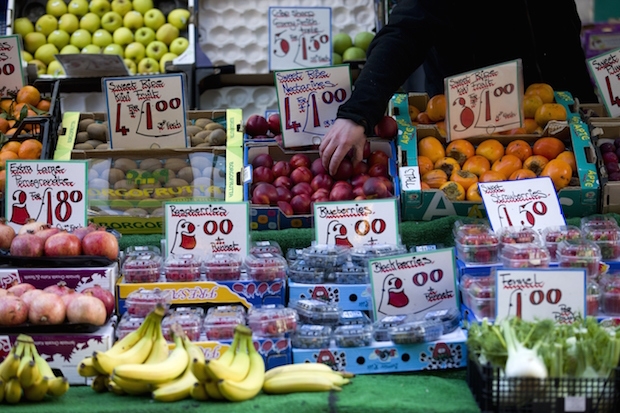Ah, butter. Salted, unsalted, English, French, garlic, spreadable, straight from the fridge – just thinking about the many forms of butter make me salivate. Then there’s what to pair it with – crumpets, teacakes, toast, jacket potatoes. The list goes on and on.
So it comes as a blow to learn that butter is selling at record prices. Forget those low fat and faddy diets, butter is now a ‘big trend globally’. That’s according to Michael Oakes, a dairy farmer and spokesman for the National Farmers’ Union. He told Radio 5 live this morning that one major driver is the decision by McDonalds to use butter in it products again, eschewing substitutes like vegetable spread. In fact, the cost of butter on our supermarket shelves has soared by more than 40 per cent while wholesale prices have jumped by over 80 per cent in the past year.
But it’s not just the price of butter that is ratcheting up. Figures released today by the British Retail Consortium (BRC) show that food inflation has reached a three-year high, mostly due to a weak pound forcing up import prices. According to the BRC, food inflation was 1.4 per cent during May, up from 0.9 per cent in April. The organisation, which measured the prices of 500 everyday goods, found that processed food prices displayed the steepest rise in May, at 1.8 per cent, up from 0.8 per cent in April, while fresh food inflation was 1.2 per cent, up from 1 per cent.
Helen Dickinson, chief executive of the BRC, said: ‘With shorter stock turnaround times, the impact of the weaker pound has already started feeding through into food prices, although food price inflation this month is still well below the input cost price increases being faced by retailers.’
Another survey, also out today, shows that the ongoing rising food prices have, not unsurprisingly, boosted sales for supermarkets. Kantar Worldpanel reports that grocery sales increased by 3.8 per cent in the 12 weeks to May 21, the sector’s most impressive performance since September 2013.
So, what’s the upshot of all this? According to Kantar, consumers are bearing the brunt of the fall in Sterling since the vote to leave the EU (at the time of writing, the pound was down against 41 out of 42 major currencies). In the three months to May, food price inflation of 2.9 per cent meant that shoppers paid an extra £27 on average during the period.
Chris Hayward, consumer specialist at Kantar Worldpanel, said: ‘Consumers are starting to feel the pinch as prices continue to rise. £27 may not seem like much, but if inflation continues at its current rate over the course of a year that would mean an extra £119 spent on groceries per household.’
Helen Nugent is Online Money Editor of The Spectator






Comments